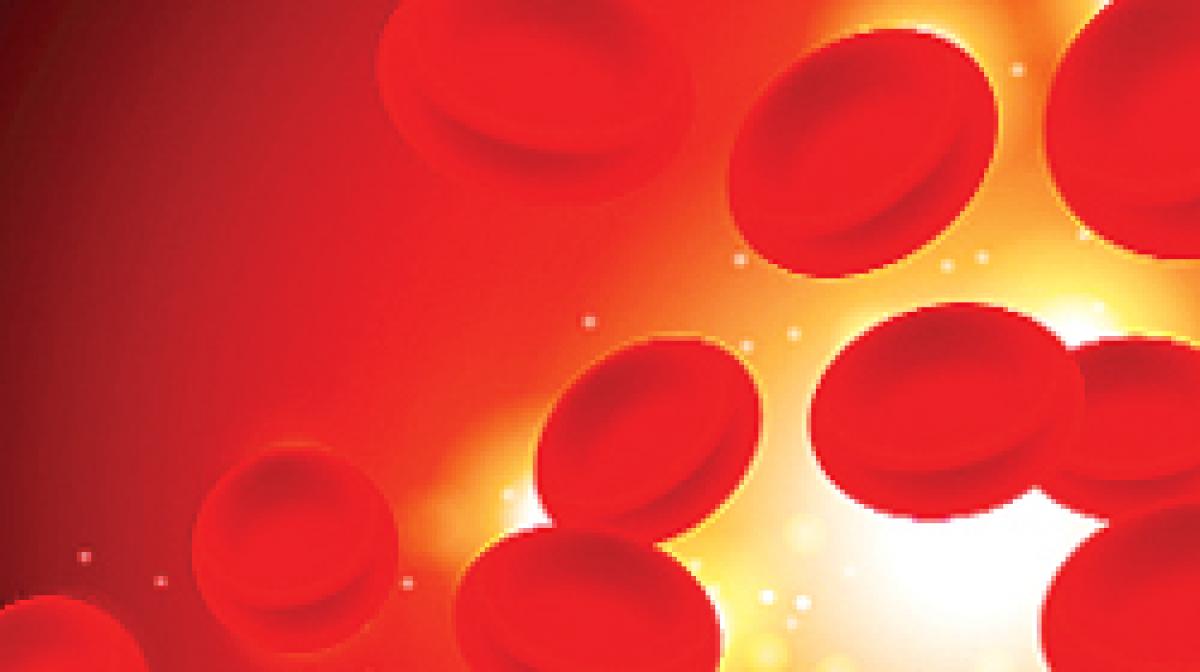Live
- New TTD Trust Board to meet in Tirumala today
- Drone survey held for laying smart roads
- MyVoice: Views of our readers 18th November 2024
- It’s time to defeat betrayers: Revanth in Maharashtra
- Committees formed, assigned tasks
- Let law and order be in sole domain of union!
- Group-III exams off to a smooth start
- KTR invited as guest of honour at TiEcon Kerala 2024
- KTR gets his freedom in a deal done in Delhi: Bandi Sanjay
- Hyderabad Ready to Host FIFA Friendly Football Match Between India and Malaysia
Just In

Men at greater risk of anaemia. A recent study conducted by SRL Diagonistics revealed that Indian urban men are at higher risks of anaemia.
 A recent study conducted by SRL Diagonistics revealed that Indian urban men are at higher risks of anaemia. These abnormal haemoglobin counts, which are associated with women in general, are also affecting men with serious consequences leading to internal bleeding, insufficient iron absorption and anaemia of chronic disease.
A recent study conducted by SRL Diagonistics revealed that Indian urban men are at higher risks of anaemia. These abnormal haemoglobin counts, which are associated with women in general, are also affecting men with serious consequences leading to internal bleeding, insufficient iron absorption and anaemia of chronic disease.
Of the 30 Lakh males screened for the study by SRL, 43.5 per cent, of the total samples were found with abnormal haemoglobin levels. The elder population, above the age group of 45, was found at higher risks than the younger population (below 45 years).
The analysis showed that prevalence of this disease was highest among the men in the eastern zone of the country with 52.4 per cent while northern and western zone had 48.6 per cent and 39.3 per cent respectively. Among the four zones, southern India showed the lowest percentage of abnormality with 27 per cent percent.
Dr Leena Chatterjee, Director - Fortis SRL Labs and SRL Strategic Initiatives, states, “There is a significant need for reaching out and making people aware of the causes, symptoms, treatment and importance of testing for anaemia.”
Adding on its prevalence in men, she says, “Most of the cases of anaemia are observed in infants and pregnant women. But SRL’s study on men has changed the perception as the result revealed that more men are prone to this disorder.” Anaemia may be diagnosed from various symptoms and signs at its initial stages.
Certain forms of anaemia are hereditary and infants may be affected from the time of birth. On average, a normal haemoglobin range should be between 12 and 18 g/dL (grams per decilitre of blood). The symptoms of the disease usually include lethargy, fatigue, malaise, poor concentration, palpitations, hypersomnia, paleness and hair loss.
It is important to see a doctor for an evaluation if someone is experiencing significant fatigue or other signs and symptoms or if they already have a serious disease.The data was released as part of a three year long pan India mining survey (2012-14).

© 2024 Hyderabad Media House Limited/The Hans India. All rights reserved. Powered by hocalwire.com







